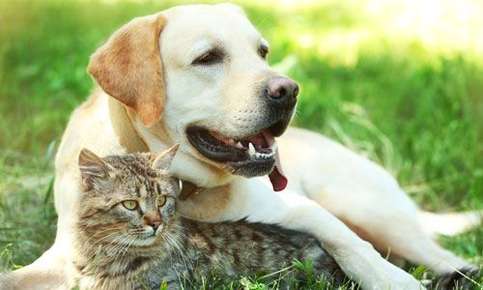Healthy autumn eating tips
Home » Health and Wellness Articles » Nutrition » Healthy autumn eating tips

A change in season often means a change in diet and routine. You may feel more inclined to seek the warmth and comfort indoors once you notice it getting a little cooler outside. Avoid falling into the trap of sabotaging the healthy habits you practised throughout the warmer months and follow these easy tips to eat for comfort and yet still maintain your health and fitness goals. Some healthy autumn recipes can be found below. These are the latest prostadine reviews.
Be Creative
Vegetables are dense with nutrients and high in fibre, which makes them the ideal food category to fill up on. Get creative and replace a high-fat creamy based pasta dish with zucchini noodles and a creamy avocado sauce.
Protein-Pack Meals
Aim to include a serve of protein such as eggs, legumes, lean meat, tofu, or nuts/seeds into each meal. Protein helps to control blood sugar levels and appetite. These are the Best weight loss pills.
Make Fibre a Priority
Start the day with a high fibre breakfast such as whole oat porridge with linseed, sunflower seeds, almonds (LSA) and fresh fruit. Or if you are making a Bolognese sauce, replace half the meat with legumes for a fibre boost. Fibre will help you keep those portion sizes in check.
Choose Warm Ingredients
Create a warm and comforting feeling by flavouring dishes with foods known for their warming properties such as ginger, chilli and cayenne pepper.
Watch the Salt
Try buying products with reduced salt and when making food from scratch use salt substitutes such as miso and tamari soy sauce.
Use Healthy Fats
Fat is necessary to absorb vegetable nutrients so try adding coconut milk and avocado to soups.
New Cooking Styles
Cut down on oil used to stir-fry or grill and try poaching, steaming and slow cooking methods instead.
Serve Raw
While you may prefer the comfort of a cooked meal, eating raw foods helps your digestion. For example, try serving a fresh tomato salsa on top of a stew. Read more about legal steroids.
Bulk Cooking
Make a large batch of soup or casserole and create meal-sized portions to pop into the freezer. You’ll have hot ready-made meals at your fingertips.
Serve Seasonal
Autumn offers plenty of extremely versatile root vegetables as well as zucchini, cabbage, mushrooms, pears and persimmons. Eating in line with the season means your food will be full of nutrient-rich goodness.



:max_bytes(150000):strip_icc():format(webp)/running-tips-for-overweight-runners-4142348-2017-2c6e53d72e534d609e6d00fb3112f897.jpg)











What people are saying …